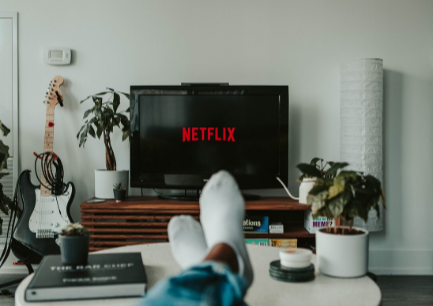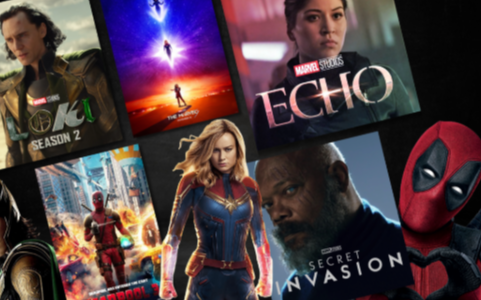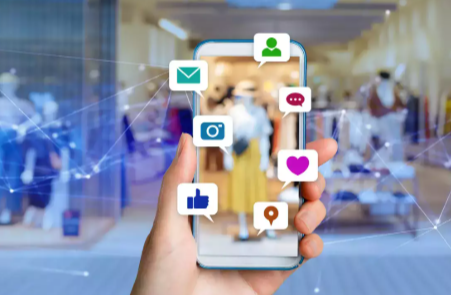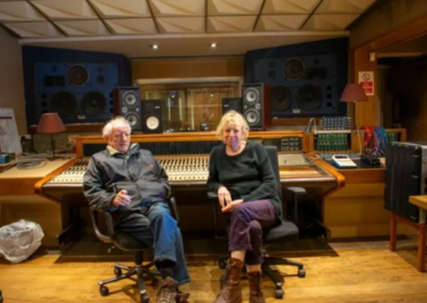How Streaming Services Are Changing the Way We Watch TV

Streaming services have fundamentally transformed television consumption patterns. They have shifted viewers from scheduled broadcasts to an on-demand, binge-watching culture. This change has fostered deeper emotional connections with characters and narratives. As traditional viewing habits fade, the rise of personalized recommendations further enhances user engagement. However, the implications of this shift extend beyond mere convenience, prompting a reevaluation of content creation and social dynamics surrounding television experiences. What does this mean for the future of entertainment?
The Rise of Binge-Watching Culture
The phenomenon of binge-watching has transformed the landscape of television consumption, redefining how audiences engage with narrative content.
This cultural shift has cultivated specific binge-watching habits, where viewers often consume entire seasons of shows in one sitting. Such practices foster intense emotional engagement, as audiences become deeply immersed in characters and story arcs.
The immediacy of access afforded by streaming services allows for uninterrupted viewing experiences, leading to heightened anticipation and connection to the material.
This change not only alters individual viewing patterns but also influences how creators develop narratives, encouraging them to craft compelling cliffhangers and intricate plots that resonate with an audience yearning for connection.
Ultimately, binge-watching culture reflects a desire for freedom in personal entertainment choices.
Read more: The Evolution of Video Games: From Arcades to Virtual Reality
On-Demand Viewing: A Shift in Consumer Behavior
As viewers increasingly demand flexibility in their entertainment choices, on-demand viewing has emerged as a defining feature of modern consumer behavior. This shift reflects a desire for autonomy, allowing individuals to curate their viewing experiences at their convenience.
Streaming services capitalize on this trend through subscription models that offer diverse content libraries, catering to varied tastes and preferences. Personalized recommendations further enhance the user experience, guiding viewers to content that resonates with their interests.
As the notion of appointment television fades, consumers embrace the freedom to watch what they want, when they want, fostering a culture of individualized entertainment. This evolution in viewing habits underscores a broader transformation in how audiences engage with media in the digital age.
The Impact of Original Content on Traditional TV
What influence does original content from streaming services exert on traditional television?
The emergence of original programming has reshaped viewer expectations and engagement. Streaming platforms like Netflix and Amazon Prime have introduced high-quality, serialized narratives that captivate audiences and foster deeper emotional connections, often surpassing traditional TV’s episodic formats.
This shift compels traditional broadcasters to innovate, leading to the development of more compelling narratives and diverse storytelling. As viewers gravitate towards the immersive experiences offered by original content, traditional TV networks face increased pressure to enhance their offerings to retain audience engagement.
Consequently, the landscape of television is evolving, as original programming not only challenges but also inspires traditional media to adapt in order to survive in a competitive marketplace.
Accessibility and Device Compatibility
Expanding access to streaming services has revolutionized how audiences consume television content, breaking down traditional barriers associated with viewing.
The rise of mobile accessibility allows users to watch their favorite shows anytime, anywhere, significantly enhancing the freedom of choice. This shift has also fostered cross-platform compatibility, enabling seamless transitions between devices—whether it be a smartphone, tablet, or smart TV.
As viewers engage with content on various platforms, the notion of a fixed viewing schedule becomes obsolete. This flexibility not only caters to diverse lifestyles but also democratizes access to entertainment, making it available to a broader audience.
Consequently, audiences are empowered to curate their viewing experiences, leading to a more personalized and liberated form of television consumption.
Changing Social Dynamics Around Viewing Experiences
While the advent of streaming services has transformed viewing habits, it has also significantly altered the social dynamics surrounding how content is consumed.
Traditional communal viewing experiences have shifted towards individualized consumption, with audiences often watching alone or in small groups. This change has affected social interactions, as shared experiences become less frequent. Viewers now curate personal playlists, leading to a more solitary engagement with narratives.
However, streaming platforms have introduced features like watch parties, attempting to reclaim some sense of community. Despite these innovations, the essence of social interaction has evolved; viewers now engage in conversations online, fostering connections around content while physically apart.
Ultimately, streaming services have redefined how audiences experience and share entertainment in a rapidly changing social landscape.
Conclusion
In conclusion, streaming services have fundamentally transformed television consumption, fostering a binge-watching culture and on-demand viewing habits that prioritize individual preferences. While some may argue that this shift diminishes the communal experience of watching TV, it has instead created new forms of connection through shared online discussions and social media interactions. As audiences embrace this personalized entertainment landscape, the evolution of television reflects not just technological advancements, but also the changing dynamics of how we engage with storytelling.




